Two programs from the City of Portland mark a new approach to keeping high school students safe while traveling to and from the classroom.
“We must take a more holistic approach to traffic safety.”
– Jo Ann Hardesty, PBOT Commissioner
A $35,000 grant from the Oregon Department of Transportation accepted today at Portland City Council, will allow the Portland Bureau of Transportation to expand its Safe Routes to School (SRTS) efforts in the Parkrose School District. This new approach will take the form of a “Transportation Academy” at Parkrose High School, intended to teach students about traffic safety skills and other transportation topics.
The Transportation Academy will be staffed by high school teachers and mentors from the non-profit youth service Elevate Oregon, who will go through a PBOT training so they’re equipped to teach students about traffic safety. A PBOT press release issued earlier today states the partnership will “encourage growth beyond the classroom and into students’ day-to-day lives” and the educational efforts are “designed to increase pedestrian, bike, and driver safety, with the goal of reducing fatal and serious crashes” for Parkrose students and the broader community.
The Parkrose School District is located in one of the most racially diverse areas of Portland, a fact reflected in its student population. A majority of the students in the district also live on low-incomes. The streets around the school are largely devoid of biking and walking infrastructure, and many of them are major traffic thoroughfares like 102nd Ave, 122nd Ave, Sandy, Fremont and Columbia Blvd. PBOT cited this street context in its ODOT grant application.
“East Portland generally bears the burden of historic underinvestment in infrastructure and has poor air quality and limited community resources,” PBOT wrote in the grant application.
Community Crossroads Initiative
In addition to the Transportation Academy at Parkrose, PBOT announced a new Community Crossroads Initiative (CCI) they say will, “engage with community using interventions like traffic slowing or traffic diversion to address immediate issues of traffic and gun violence.” CCI will be part of Mayor Ted Wheeler’s Safer Summer PDX strategy that is housed in the Office of Community Safety.
Asked for more details about the new program today, PBOT Interim Communications Director Hannah Schafer said they’ve been asked to build 2-3 projects each summer (starting in 2023) for the next three years. “Our work enhances other gun prevention strategies so we aren’t looking to independently solve gun violence in community,” Schafer said.
On the ground, this will lead to more temporary barricades and traffic diverters at neighborhood hot-spots and other street changes such as more lights, trees or crosswalks. The new CCI approach is the formalization of the Arleta Triangle project that debuted in September.
To determine where interventions should go, PBOT will work with local partners in the neighborhood and analyze data that includes: existing neighborhood transportation plans and community requests, high crash corridors, information gleaned from site visits, and “Gun violence clusters overlayed with built environment data that shows which neighborhoods have built environments that make them more likely to contribute to gun violence,” Schafer said.
PBOT says the first the Community Crossroads Initiative will evaluate street light levels and explore potential street calming projects near Jefferson High School in north Portland – the site of a recent drive-by shooting that injured two students. Another student was injured earlier in October after she was struck by a driver while walking near the school. This effort will give PBOT Commissioner Jo Ann Hardesty another opportunity to connect the dots between street design and public safety.
“As students walk and roll to schools in Parkrose and across Portland, they encounter several barriers and hazards ranging from unsafe driver behavior, lack of knowledge about multimodal travel options like biking and walking, limited access to transit, and gun violence,” Hardesty said in a press release from earlier today about the new SRTS programming. “We must take a more holistic approach to traffic safety that includes the intersection of traffic and gun violence as we support our students traveling to, from, and around their schools.”


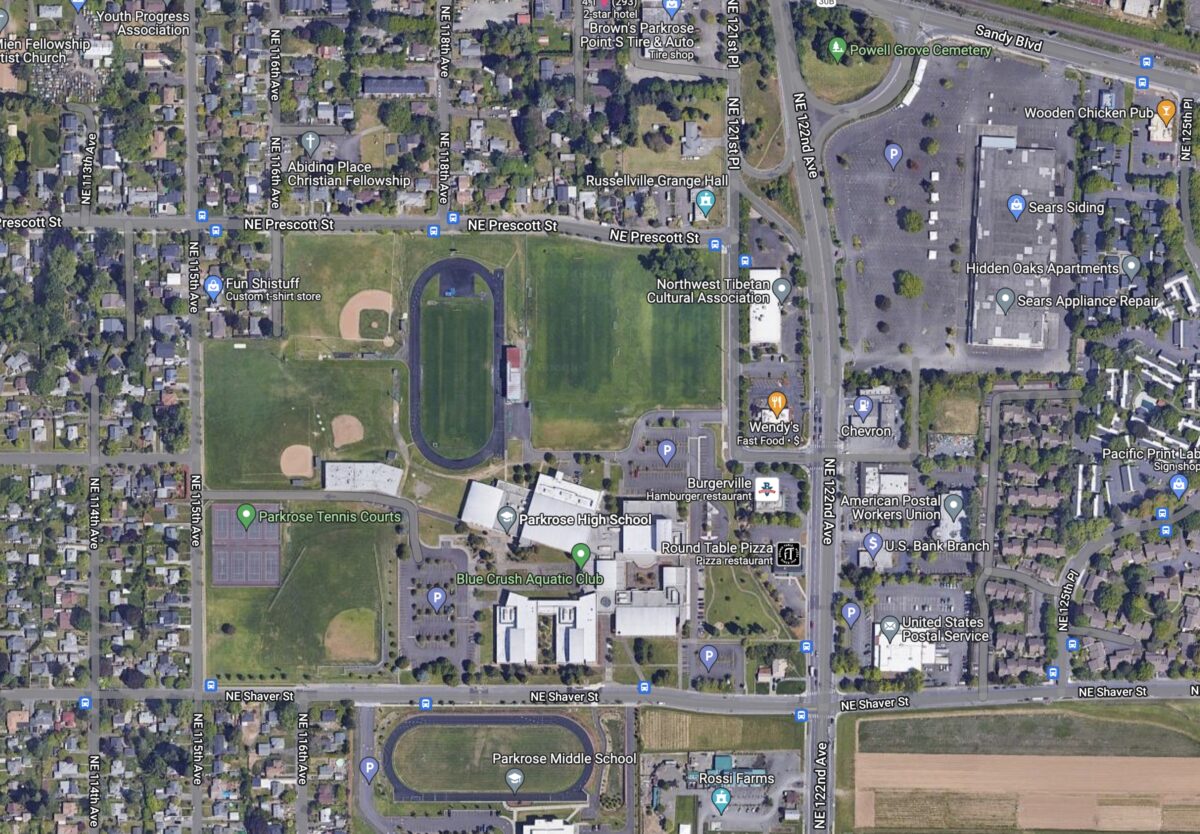
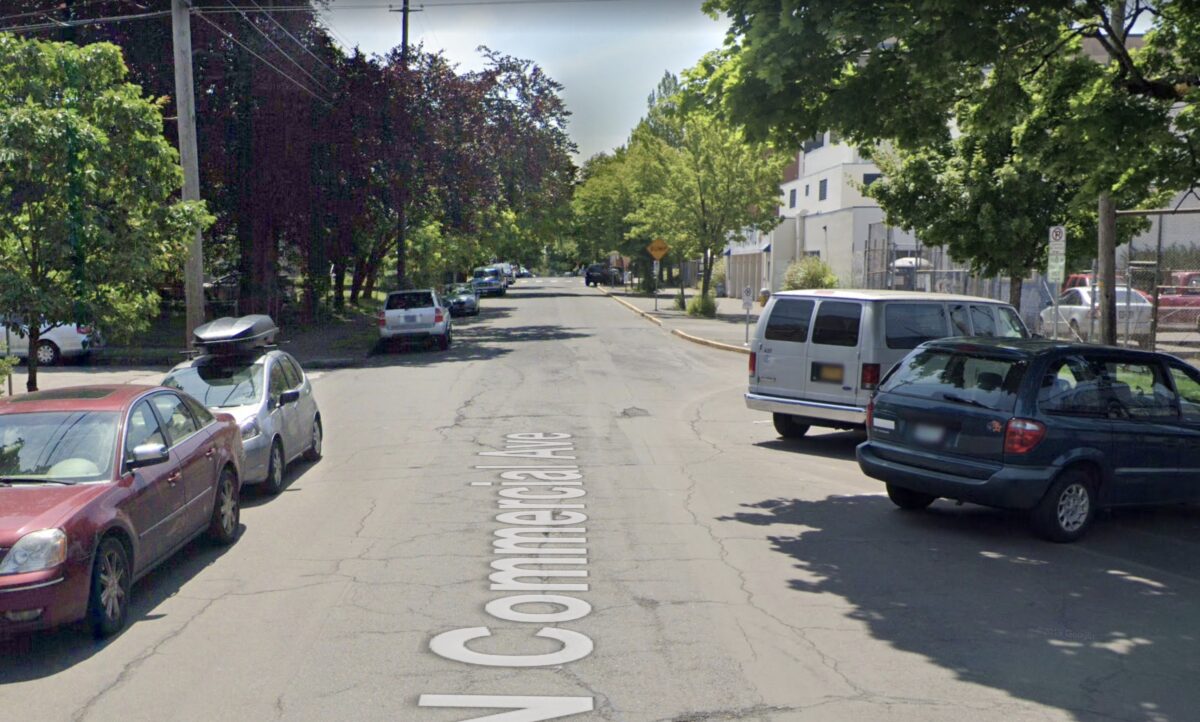
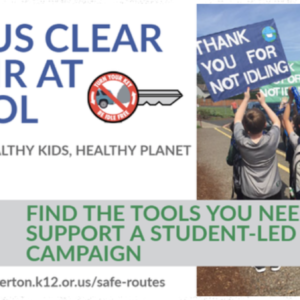

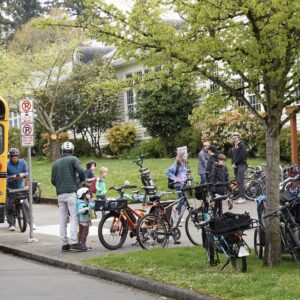
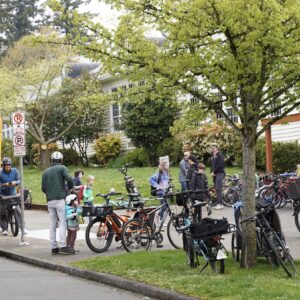
Thanks for reading.
BikePortland has served this community with independent community journalism since 2005. We rely on subscriptions from readers like you to survive. Your financial support is vital in keeping this valuable resource alive and well.
Please subscribe today to strengthen and expand our work.
JM, I’d recommend you take a look at a map of the Parkrose SD and rewrite your article. Much of the district lies to the south of I-84 (generally to Halsey) and some is west of I-205, so many students are trying to bike or walk to the high and middle schools (Parkrose SD has only one of each) which are north of I-84 and east of I-205, and everyone knows how nasty 102nd and 122nd are in crossing I-84 or Prescott, Sandy, and Lombard on crossing I-205. It’s not that the arterial stroads are so bad, although they are very bad, but that the interstates are the real barriers on connections and more and better options are needed to cross the interstates.